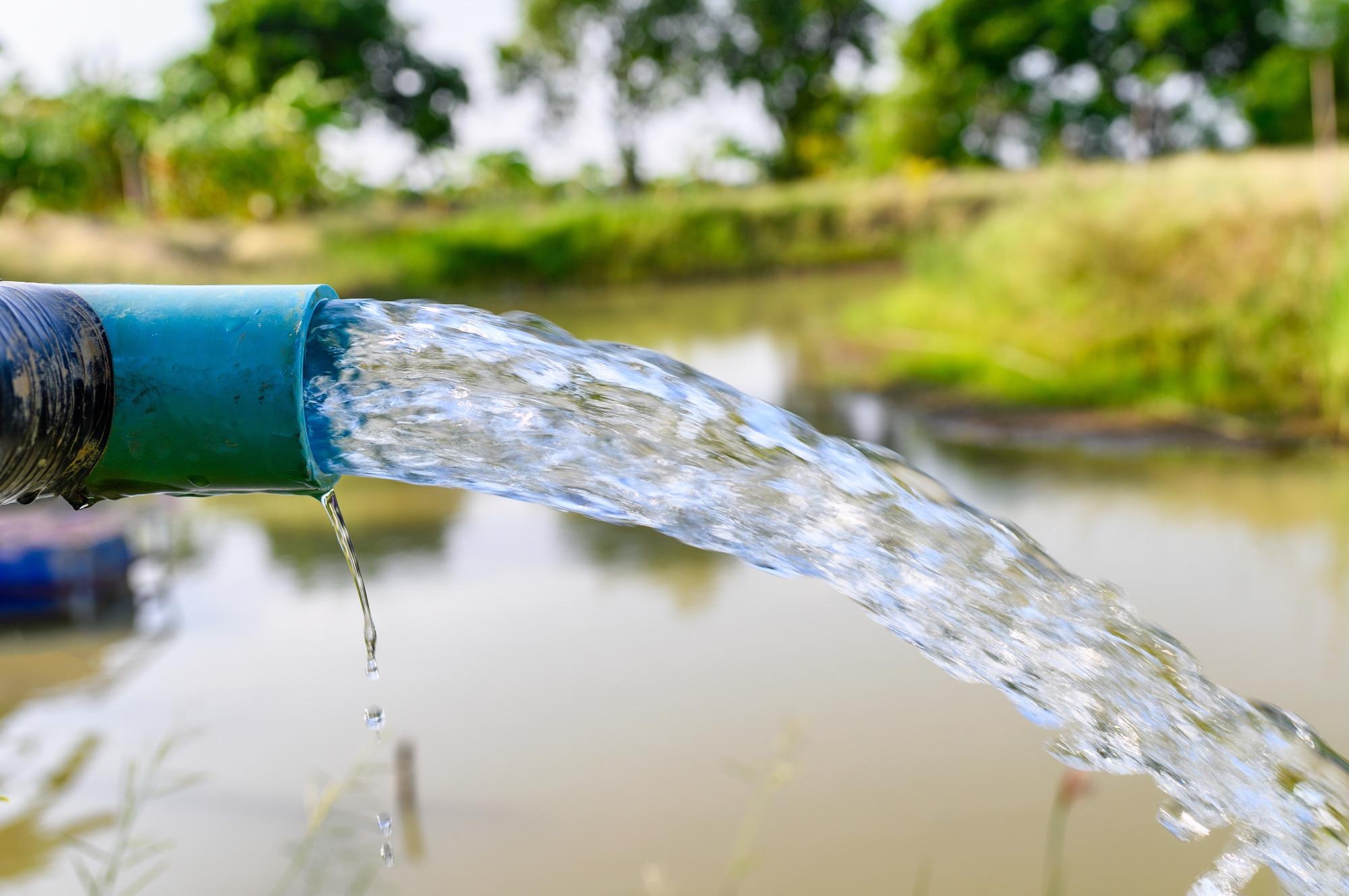Researchers from the energy science and policy research institute, Physicians, Scientists, and Engineers (PSE) for Healthy Energy have shown that dumping of more than 16 billion barrels of oil and gas wastewater into unlined pits over a five-decade period has added carcinogens, salts and other toxins into regional aquifers.

Image Credit: Shutterstock.com/ Mumemories
For several decades, California law has permitted the use of unlined ponds to dispose of water extracted during the production of oil and gas. California is considered to be one of the last states in the United States to allow the disposal of oil and gas wastewater — called produced water — into unlined ponds.
Over the years, this generated water percolates underground, thereby increasing the salinity of groundwater and polluting groundwater resources locally and regionally.
The study reported in the journal Environmental Science and Technology is the first to examine the nationwide impact of the present and historical use of unlined produced water ponds to dispose of generated water.
Analyzing publicly available data helped the authors discover a minimum of 1,850 active, inactive and closed produced water ponds across the Tulare Basin, where 99% of the state’s ponds are situated.
The 1,565 ponds located in the Tulare Basin have been utilized solely for generated water disposal, of which 484 were unlined and are still being used for the disposal of produced water. In certain cases, underground plumes of this polluted water tend to stretch over 4 km from the ponds toward agricultural wells.
Since the early 1900s, the oil and gas industry has deposited tens of billions of barrels of highly saline, and otherwise contaminated water into unlined pits. This practice has impacted groundwater resources necessary for present and future potential agricultural, municipal, and domestic use. Once groundwater is contaminated, it is often too expensive to remediate.
Dominic C. DiGiulio, PhD and Healthy Energy Senior Scientist, PSE
The study stresses a continuing threat to the water supply during a time of climate risk and historic drought in California. The San Joaquin Valley is known to be home to four million people who depend on groundwater for residential use; thousands of wells are anticipated to run dry this year.
Mainly, farms in this area depend on surface water from winter and spring snowpack melt. However, at the time of droughts, farms tend to frequently draw on underground water for their livestock and crops.
Not even a single standard has been offered by the California law for the safety of water. Instead, several standards define protected water based on various regulatory programs. In the event of produced water, the law offers a lower standard of safety compared to other oil and gas sector practices, like hydraulic fracturing. It seems that this discrepancy is the main driver for the constant use of unlined ponds.
The researchers suggest that California should expand regulatory protections for groundwater next to unlined produced water ponds. At present, the law does not explicitly safeguard groundwater comprising total dissolved solid levels of more than 3,000 mg/L when taking produced water ponds into account.
The authors recommend advanced protections of groundwater with complete dissolved solid levels ranging up to 10,000 mg/L. This suggested raise seems to be persistent with the U.S. Environmental Protection Agencies’ Safe Drinking Water Act; California’s laws ruling hydraulic fracturing, under Senate Bill 4; and the federal Underground Injection Control program.
It is critical to protect California’s groundwater. Climate change and drought mean that we will need these resources to support local communities, businesses, and continued economic growth.
Dominic C. DiGiulio, PhD and Healthy Energy Senior Scientist, PSE
Journal Reference:
DiGiulio, D. C., et al. (2021) Vulnerability of Groundwater Resources Underlying Unlined Produced Water Ponds in the Tulare Basin of the San Joaquin Valley, California. Environmental Science and Technology. doi.org/10.1021/acs.est.1c02056.